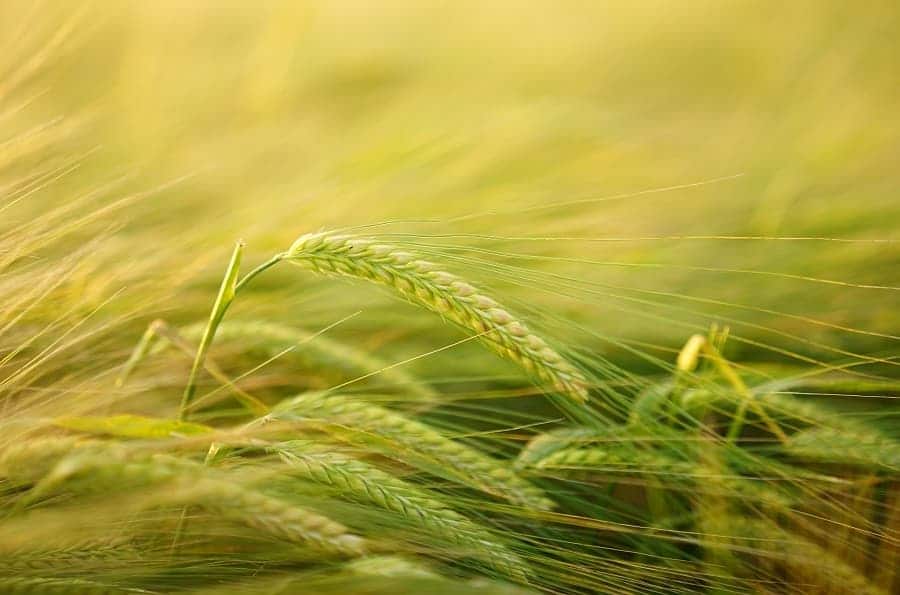10+ Interesting facts about agriculture in India you must know

Myth 1:
Accidental exposures to pesticide spray drift kill farmers.
Fact:
- Pesticides are sprayed diluted with water. The water content would be as high as 99% in the pesticide spray when applied to the crops.
- Accidental short exposures to such pesticide spray drift would not deliver lethal dose to the body of the sprayman.
- Of course, it is always recommended that such exposures are avoided.
Myth 2:
Organic and bio-pesticides are safer than chemical pesticides.
Fact:
- All substances used as pesticides, whether organic, bio or synthetic undergo the same toxicity, safety and efficacy assessments before allowed for commercial introduction.
- Crop protection industry in fact offers a variety of pesticide products – organic, bio and synthetic – to farmers enabling a diverse and inclusive approach to pest control.
Myth 3:
Indian Agriculture is on a Permanent Decline
Fact:
- India rank 2nd in the world in agriculture production.
- India’s world rank in services and industry sector is 9th and 5th respectively.
- Indian agricultural production has increased from 101 USD bn to 481 USD bn in the past 20 years (8% annual growth from 2000 to 2020).
- Globally India ranks 9th for the agricultural exports.
Myth 4:
Indian Agriculture is Food- Grains Centric
Fact:
- Indian agriculture is multifaceted, with horticulture and animal husbandry contributing to over 60% of India’s agricultural GDP.
- India is the largest milk producer, ranks 2nd in vegetables and fruits, 3rd in fish, egg and poultry production in the world.
- Livestock & horticulture production engage a large share of small and marginal farmers, and thus plays a critical role in the rural economy.
Myth 5:
Declining Size of Indian Farm Land Leads to Low Production
Fact:
- China and India with the majority of their small and marginal land holdings are 1st and 2nd in the world agriculture production respectively.
- The aggregate output/ha/year in small farms is higher on account of multiple cropping intensity, diverse output (crop + livestock) and round the year availability of family labour.
- Yield per acre per crop is not an effective measure of Indian farm productivity (since agriculture in India does not follow monoculture like the other western nations).
Myth 6:
Indian Agriculture is Heavily Dependent on Rainfall
Fact:
- India agriculture is monsoon resilient thanks to major share of horticulture and livestock production that are round the year activity.
- Irrigated area in India (96mn ha) is the largest in the world
Myth 7:
Organic Farming Can Drive Sustainability of Indian Agriculture
Fact:
- Globally, only 1.5% of the agricultural land is under organic agriculture.
- 100% organic farms are not a sustainable model since there is a high requirement of organic manure; whereas productivity is found to be much low.
- Sikkim which is claimed to be an entirely organic farming state, is heavily dependent on other states to feed its population.
Myth 8:
Organic Food is Chemical free
Fact:
- Crop protection chemical residues have been found in vegetables samples of organic produce.
- The notion of nutritional superiority provided by organic produce is also debatable.
Myth 9:
Crop Protection Chemicals are Used Excessively in India
Fact:
- India’s spending on crop protection chemicals is less than 1% of total agriculture production in value term; which is a fraction of global counterparts.
- As per food samples analyzed by certified labs, 98% of them were found to be compliant within the crop protection chemicals maximum residue limit (MRL).
- Our food compliance (with respect to pesticide residue limit) is in line with global standards.
Myth 10:
Crop Protection Chemicals Lead to Severe Imbalance of Aquatic Ecosystem
Fact:
- Fish are highly sensitive to water pollutants.
- India is the 3rd largest fish producer in the world which shows our soil-water ecosystem is not contaminated.
- Andhra Pradesh and Punjab lead in the fish production and productivity respectively, regardless of their pesticide usage.
Myth 11:
Farmer Suicides are Rampant in Indian Agriculture
Fact:
- Suicides, whether by farmers or non–farmers deserve attention and understanding.
- More than 8 lakh people die from suicide in a year in the world (WHO).
- Suicide rate in Japan is among the highest, 108% higher than the global average.
- In India, farmers suicide account for less than 7.4 % of the total suicide.
Myth 12:
Fruits and Vegetables are Injected with Colouring Chemicals and Animal Hormones
Fact:
- Nothing can be injected into the fruits and vegetables post-harvest.
- This could be verified by attempting to inject coloured water into ripe unpeeled banana or uncut water melons. The coloured water would immediately drip out from the point of injection.
- As per the study by CENTEGRO, animal hormones cannot and will not improve the vegetable and fruit size overnight as alleged

Good
What are the present status of pesticide usage in Rice cultivation?
very informative and thanks to centegro for giving such information about indian agriculture